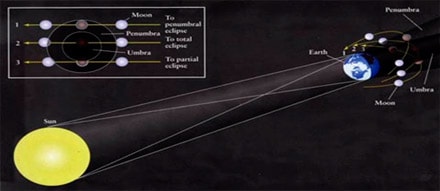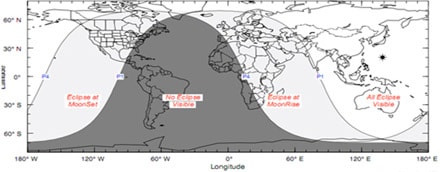Vietnam is about to have a penumbral lunar eclipse.
Vietnam will have the opportunity to admire a remarkable astronomical event, a penumbral lunar eclipse, next Wednesday.

Illustration of the umbra and penumbra created by the Earth's shadow and the time of a penumbral lunar eclipse (according to orbit 1).
Photo: crab0.astr.nthu.edu.tw.
Ly Hoang Phuc, a member of the Ho Chi Minh City Amateur Astronomy Club, said the penumbral lunar eclipse began at 7:14 p.m. on November 28, Hanoi time. Observers will see a part of the moon begin to fade. The moon will enter the most shadowed area at 9:34 p.m., when the penumbral lunar eclipse reaches its maximum. The phenomenon will end at 11:51 p.m., when the moon completely leaves the penumbral area.
"Vietnam is in the region where the phenomenon can be fully observed," said Mr. Phuc. Along with Vietnam, most of the Asia-Pacific region and Alaska can observe the penumbral lunar eclipse.
Unlike a total or partial lunar eclipse, where the moon's surface is completely or partially darkened, a penumbral lunar eclipse is harder to detect because the moon is only slightly darker than a normal full moon. Instead of being bright, the moon will appear paler, as if it is covered by a thin layer of clouds.
A penumbral lunar eclipse occurs when the moon enters the penumbra (shadow) created by the earth. A total or partial lunar eclipse occurs when the moon enters the umbra (shadow) of our planet.

Areas of the world where penumbra can be observed. Red text from left to right: moonrise eclipse, unobserved area, moonrise eclipse, total visible eclipse. Image: NASA.
According to (Vnexpress) QN






